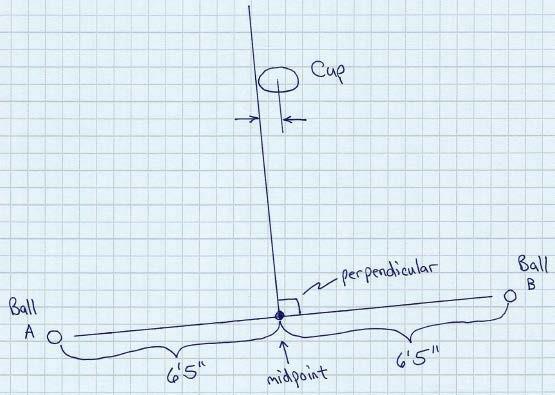Golfing, a popular recreational activity enjoyed by millions worldwide, involves a unique blend of skill, precision, and strategy. Key to excelling in the sport is mastering the fundamental principles of golf geometry and kinematics. By understanding the underlying mathematical concepts that govern the flight of a golf ball, players can enhance their performance on the course and achieve greater consistency in their shots.
Geometry plays a crucial role in golf by providing insights into the angles and distances involved in striking the ball effectively. The geometry of a golf swing involves the alignment of the clubface, the angle of attack, and the path of the swing. The angle of the clubface at impact directly influences the direction in which the ball will travel, while the angle of attack determines the trajectory and height of the shot. By analyzing these geometric factors, players can make adjustments to their swing mechanics to optimize their ball flight.
Kinematics, the branch of physics that deals with the motion of objects, also plays a significant role in golf. Golfers must understand the principles of kinematics to control the speed, spin, and distance of their shots. By applying the laws of motion and acceleration, players can fine-tune their swing to generate maximum power and efficiency. Kinematic analysis helps golfers optimize their swing tempo, sequencing, and timing to generate the desired ball flight characteristics.
One of the most vital aspects of golf kinematics is the concept of clubhead speed. The speed at which the clubhead travels through impact directly impacts the distance and accuracy of the shot. By focusing on increasing clubhead speed while maintaining control and balance, golfers can achieve greater distance off the tee and greater precision on approach shots. Kinematic analysis also helps players understand the relationship between club speed, ball speed, and launch angle to optimize their performance.
In addition to geometry and kinematics, golfers can leverage technology to enhance their understanding and application of these principles. Launch monitors, swing analyzers, and motion capture systems provide valuable data on club and ball dynamics, enabling players to identify areas for improvement in their game. By incorporating data-driven insights into their practice routines, golfers can make informed adjustments to their technique and strategy, leading to improved performance on the course.
In conclusion, mastering the principles of golf geometry and kinematics is essential for golfers looking to elevate their game to the next level. By understanding the geometric and kinematic factors that influence ball flight and swing mechanics, players can make precise adjustments to optimize their performance and achieve greater consistency in their shots. Through a combination of practice, analysis, and technology, golfers can unlock their full potential and enjoy a more rewarding experience on the course.

